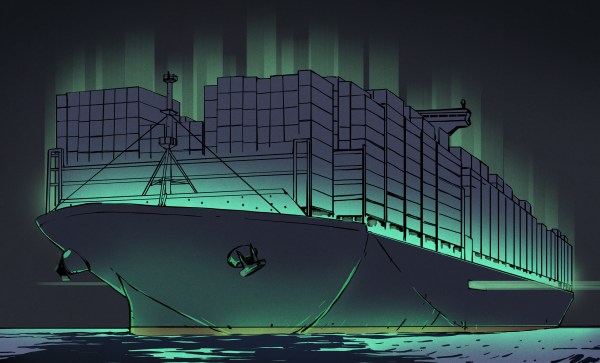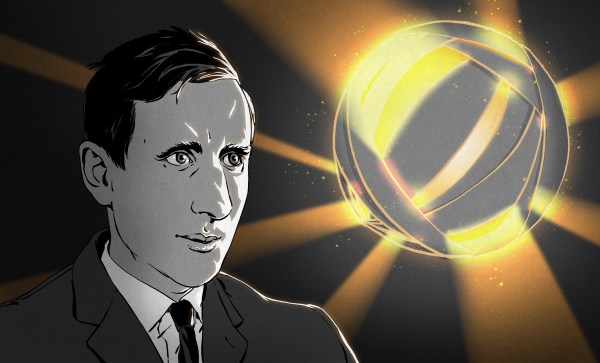Everyone these days wants to talk about Small Modular Reactors (SMRs) when it comes to nuclear power. The industry seems to have pinned its hopes for a ‘nuclear renaissance’ on the exciting new concept. Exciting as it may be, it is not exactly new: small reactors date back to the heyday of the atomic era. There were a few prototypes, and a lot more paper projects that are easy to sneer at today. One in particular caught our eye, in a write-up from Steve Wientz, that is described as an atomic outboard motor.
It started as an outgrowth from General Electric’s 1950s work on airborne nuclear reactors. GE’s proposal just screams “1950s” — a refractory, air-cooled reactor serving as the heat source for a large turboprop engine. Yes, complete with open-loop cooling. Those obviously didn’t fly (pun intended, as always) but to try and recoup some of their investment GE proposed a slew of applications for this small, reactor-driven gas turbine. Rather than continue to push the idea of connecting it to a turboprop and spew potentially-radioactive exhaust directly into the atmosphere, GE proposed podding up the reactor with a closed-cycle gas turbine into one small, hermetically sealed-module. Continue reading “Is The Atomic Outboard An Idea Whose Time Has Come?”















